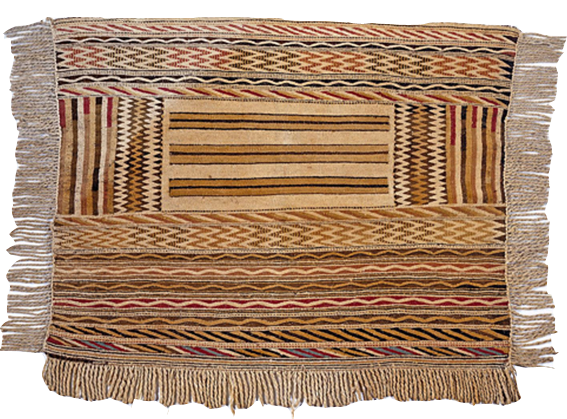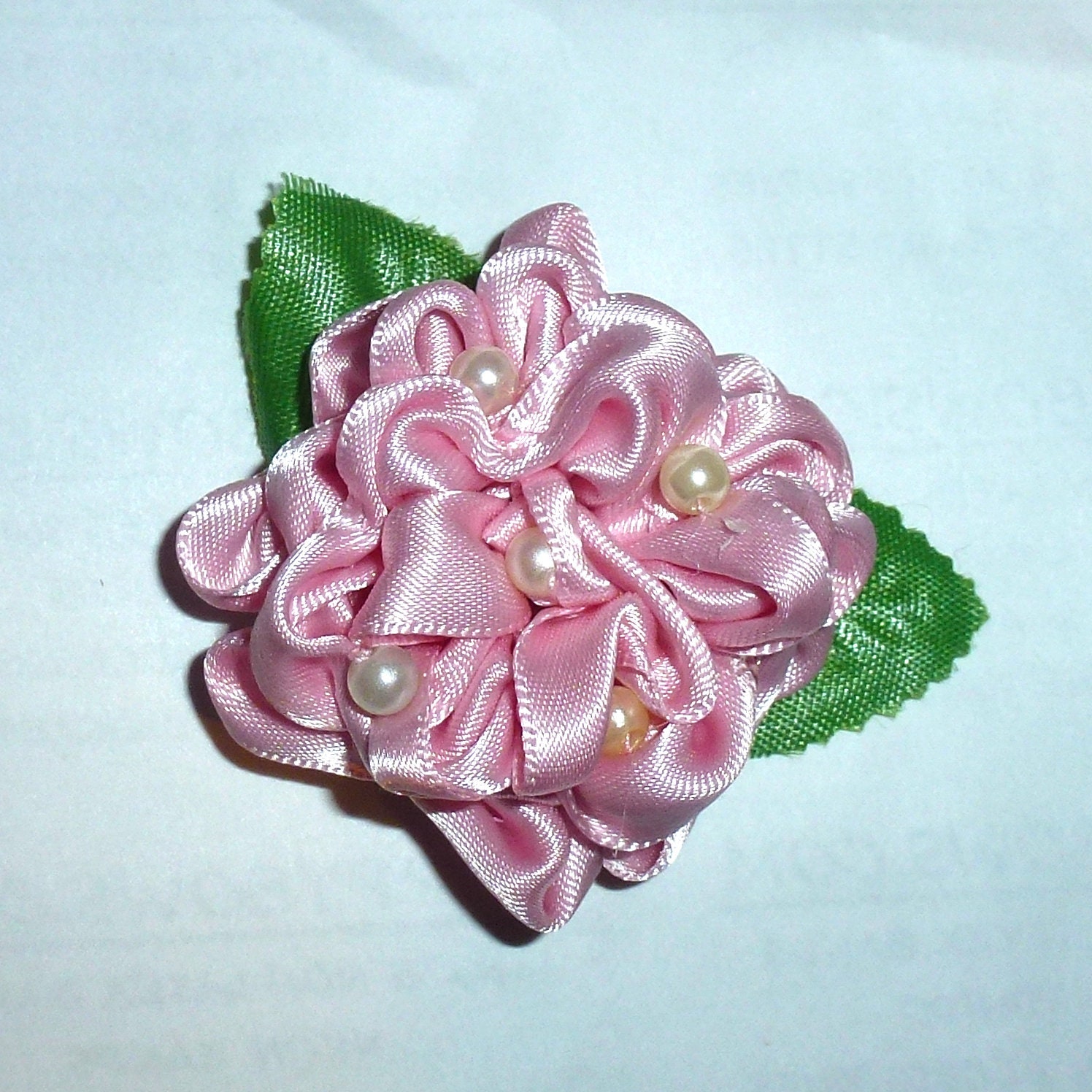Table Of Content

Skin irritations, bruising, and peeling are also common, yet mild, side effects following microneedling, adds Joseph. Still, no matter the tool used in your treatment—stamps or rollers—microneedling is thought to be relatively safe, Joseph tells us. For example, someone with a V-shaped widow's peak would start by microneedling hairline recession on both sides of the "V," where there's still some hair, but it's thinning. A woman with female-pattern hair loss, marked by frontal hairline thinning, diffuse thinning over the head's crown, or increased part width, could treat these areas of thinning hair with microneedling. Managing expectations is key if you're considering trying microneedling for hair loss. Microneedling as a standalone treatment has yet to be shown to regrow enough hair to cover large bald spots if someone has advanced hair loss.
Study population
For example, pressing too hard or using needles that are too long can cause scarring. Keep scrolling to learn how microneedling can boost collagen (and hair growth) in your scalp. Finally, 4 out of 22 clinical studies utilized split-scalp study designs to evaluate MN against or as an adjuvant to topicals and/or injectables.
inherited genetic disorders and inflammatory diseases
"Essentially, they're the ones getting ready to be lost permanently, [but] we can turn that around and make it a fuller, stronger, thicker hair." While it’s tempting to buy your own dermaroller, it’s much safer to leave these devices in the hands of a licensed and experienced professional for your hair loss treatment. Dermatologists strongly discourage doing microneedling at home or with providers who aren’t properly trained.
Regenerative Treatments: Microneedling and PRP
Microneedle patch digs deep to regenerate hair in bald mice - New Atlas
Microneedle patch digs deep to regenerate hair in bald mice.
Posted: Thu, 03 Nov 2022 07:00:00 GMT [source]
Dermarolling at home is another addition to the list of “at-home anti-aging treatments” sweeping the market. The number and variations of dermarollers available for purchase are ever-growing. This can cause some confusion about which device is best and whether the one you decided on really works.
Microneedling for Different Types of Alopecia
People with blood disorders, active acne, who are pregnant or breastfeeding, or who have diabetes should speak with a doctor before investing in a microneedling device. (2) If you are thinking about trying dermarolling at home, it may be best to first speak with your dermatologist or family physician. It is important to keep in mind that microneedling tools are medical devices that need to be kept sterile, or they can cause even more issues.

Dermatologists may recommend microneedling with other treatments, such as topical serums, radiofrequency, or platelet-rich plasma. A dermatologist can explain additional treatment options and their estimated costs. Since microneedling is considered a cosmetic or aesthetic procedure, it’s usually not covered by insurance. In the rare event that a doctor deems the procedure medically necessary, it’s recommended that you check with your insurance provider before your appointment. Unfortunately, microneedling is not covered by medical insurance as it's considered a cosmetic procedure. For instance, if you have a documented case of AA that's negatively affecting your quality of life or a debilitating case of acne, you may consider opting for insurance to pay for the procedure.
You’ll Have Access to Other Treatments
"These things are helpful to improve the existing hair on the head — make it fuller, make it thicker," she explains. A larger concern, particularly if you receive the treatment at a medical spa or a clinic that doesn't specialize in microneedling for hair, is permanent hair damage and loss, says Dr. Kinler. Providers who aren't trained in the procedure may increase the needle depth too much, which can cause damage to the hair bulb when it enters the scalp, she explains. "I have seen patients come in with superficial breakage of the hair shaft at the scalp, which obviously takes a while to regenerate," she says.
The best combination therapy using microneedling in the treatment of alopecia is still being researched. How often microneedling for hair should be done, for how long, and which additions will be key aspects of choosing treatment. And despite the promising results from the previously mentioned study, dermapens might be a better choice compared to using a dermaroller on the hairline given their increased precision. Dermarollers come in a wide range of styles and needle lengths, but generally are less precise than professional-grade machines and are not typically as adjustable for different areas or skin types. Modest results are still possible, offering a more financially appealing alternative to potentially expensive in-office treatments. If you're considering microneedling to treat or prevent hair loss, you'll want to start out with a clean and healthy scalp.

Collagen levels in the skin decline as we age, and new collagen can be produced when the skin is in repair mode. If you are set with a medication, but need a dermaroller, we have you covered there, too. Our titanium-needled Strut dermaroller is only $11.99 with a sturdy design and longer-needles for scalp penetration. If you are also interested in using a topical formulation in conjunction with microneedling our doctors can answer your questions and help find a good routine for you.
Goren et al. demonstrated that reduced sulfotransferase activity in hair follicles predicted topical minoxidil nonresponders [42]. More recently, Sharma et al. found that, over 21 days, once-weekly microneedling led to a median increase in sulfotransferase activity of 37.5% [8]. Microneedling (MN) is a minimally invasive procedure involving the induction of percutaneous wounds with 0.25–5.00 mm medical-grade needles. MN can be administered at-home or in-clinic, with devices ranging from needling stamps, manual rollers, and automated pens with or without fractional radiofrequency. Scalp microneedling for hair loss (alopecia) works by stimulating specialized hair follicle stem cells, which can trigger enhanced hair growth. All studies exploring the effectiveness of microneedling for hair regrowth use medical-grade devices.
After you are done microneedling, you will want to apply a calming and soothing lotion all over the scalp. At this point, you can stop microneedling, or you can use the same technique to go over the scalp diagonally. But, if you want to try out microneedling yourself at home due to the ease or the cost savings, you should have a pretty good idea of how to do it safely and effectively before you begin. Results may vary based on the severity of the skin concern, its location, and the treatment plan used. Microneedling often requires touch-up treatments as part of a long-term maintenance plan. It is said to rejuvenate and plump the skin with minimal discomfort and downtime, and it can be adjusted to fit each person’s needs.
While the exact reason for this type of hair loss is unknown, it is generally understood that “the immune system mistakenly attacks hair follicles, leading to hair loss,” she adds. If you’re experiencing elevated levels of the hormone dihydrotestosterone (DHT), your body will respond by shrinking your hair follicles and reducing the length of the hair growth cycle, according to Cleveland Clinic. Your provider may ask you to stop using certain topical creams, including retinoids or lotions to prepare for your first treatment. You may also be given a prophylactic prescription for antiviral medication if microneedling to the face. Be sure to follow their instructions and ask any questions you have so that your procedure goes smoothly.
Microneedling for hair growth is a particularly interesting option for people who haven’t had much success with FDA-approved hair loss treatments. It can be used on its own or as a combination treatment with platelet-rich plasma therapy, minoxidil, and other topical treatment options. Microneedling is a minimally invasive procedure where fine needles create small punctures in the scalp. This process can activate the body's wound healing response, promoting blood circulation and nutrient supply to hair follicles, which may encourage hair growth. Microneedling is a minimally invasive procedure that involves puncturing the skin with tiny needles to stimulate collagen production and improve skin texture.











